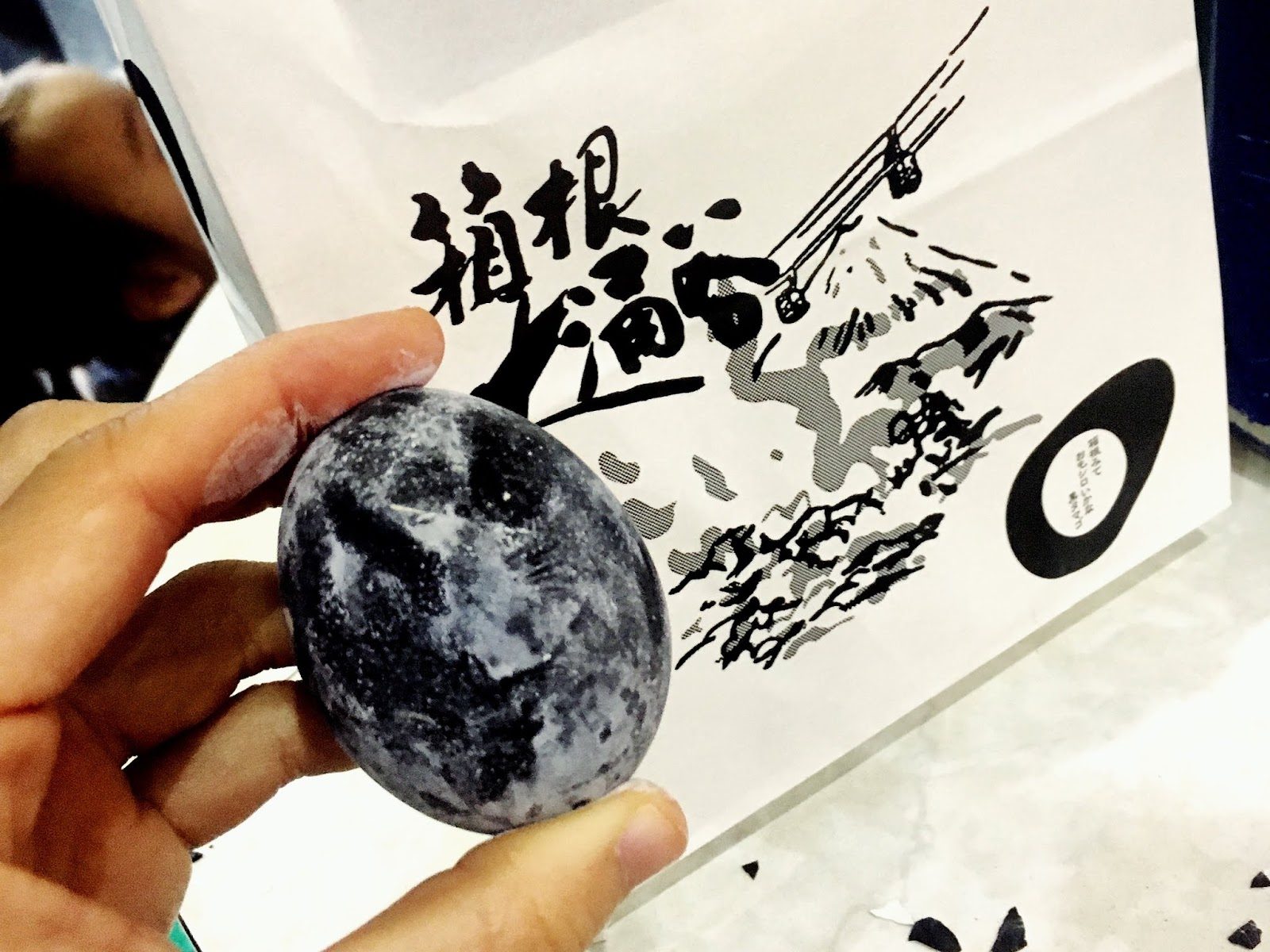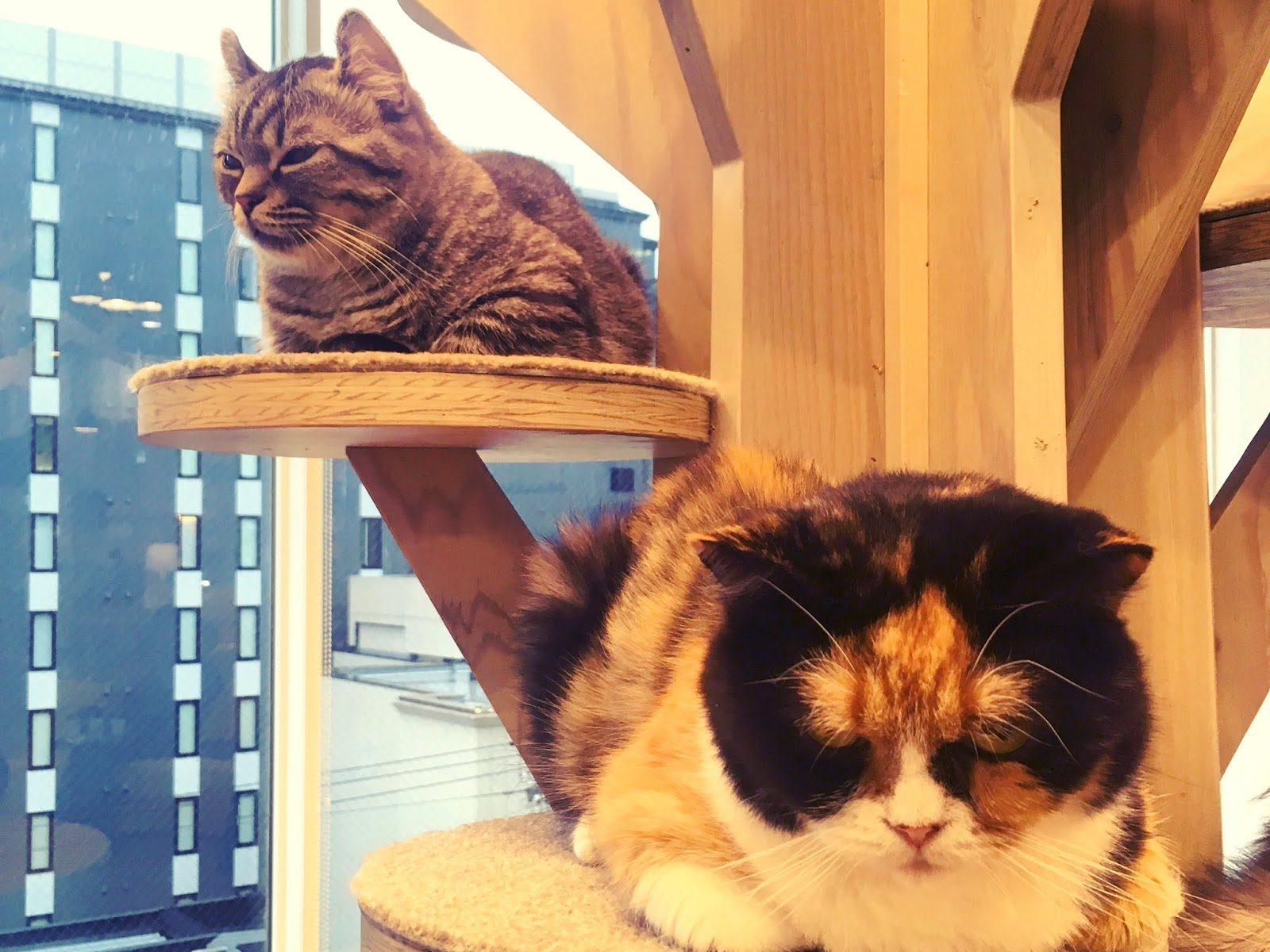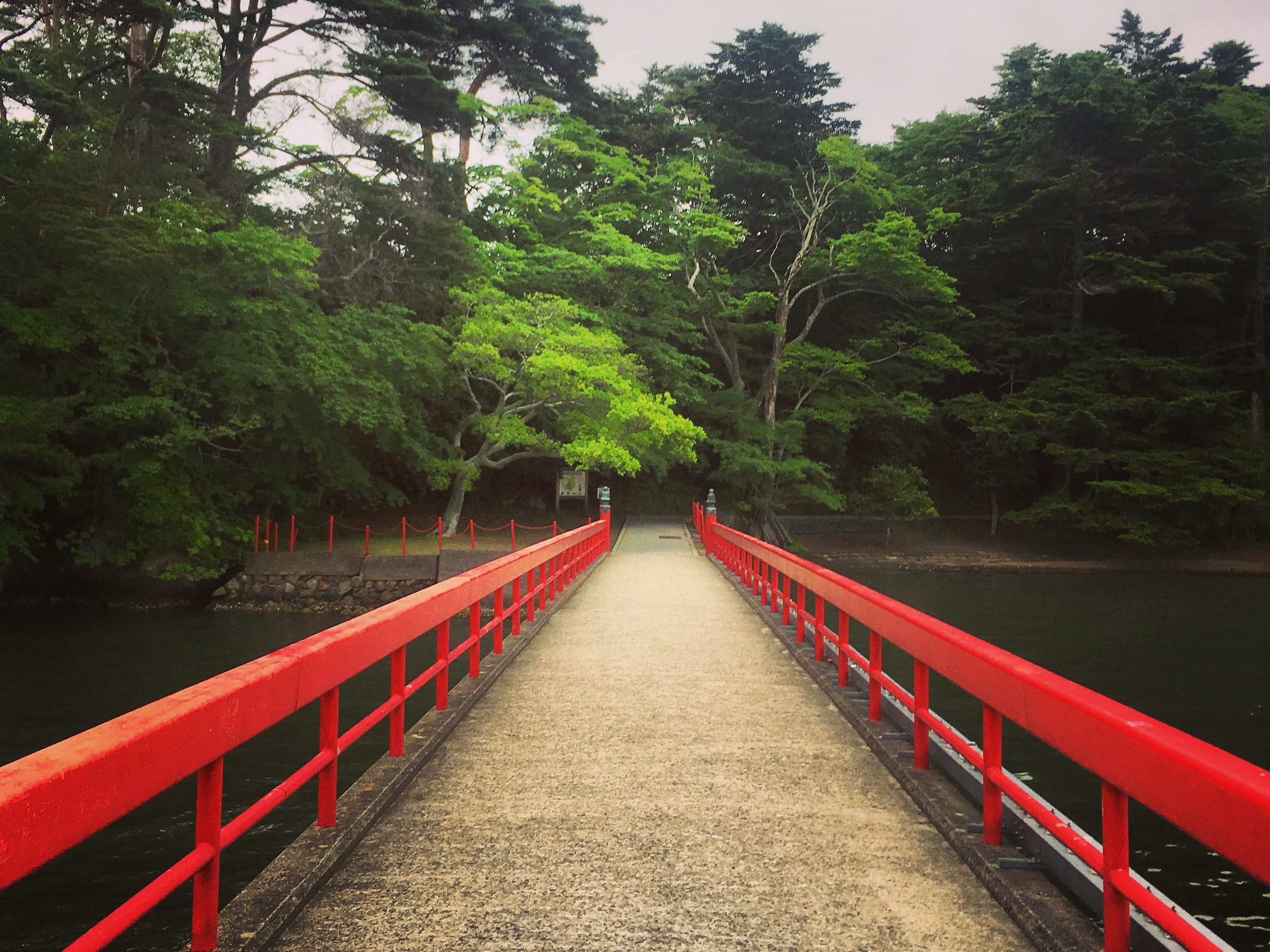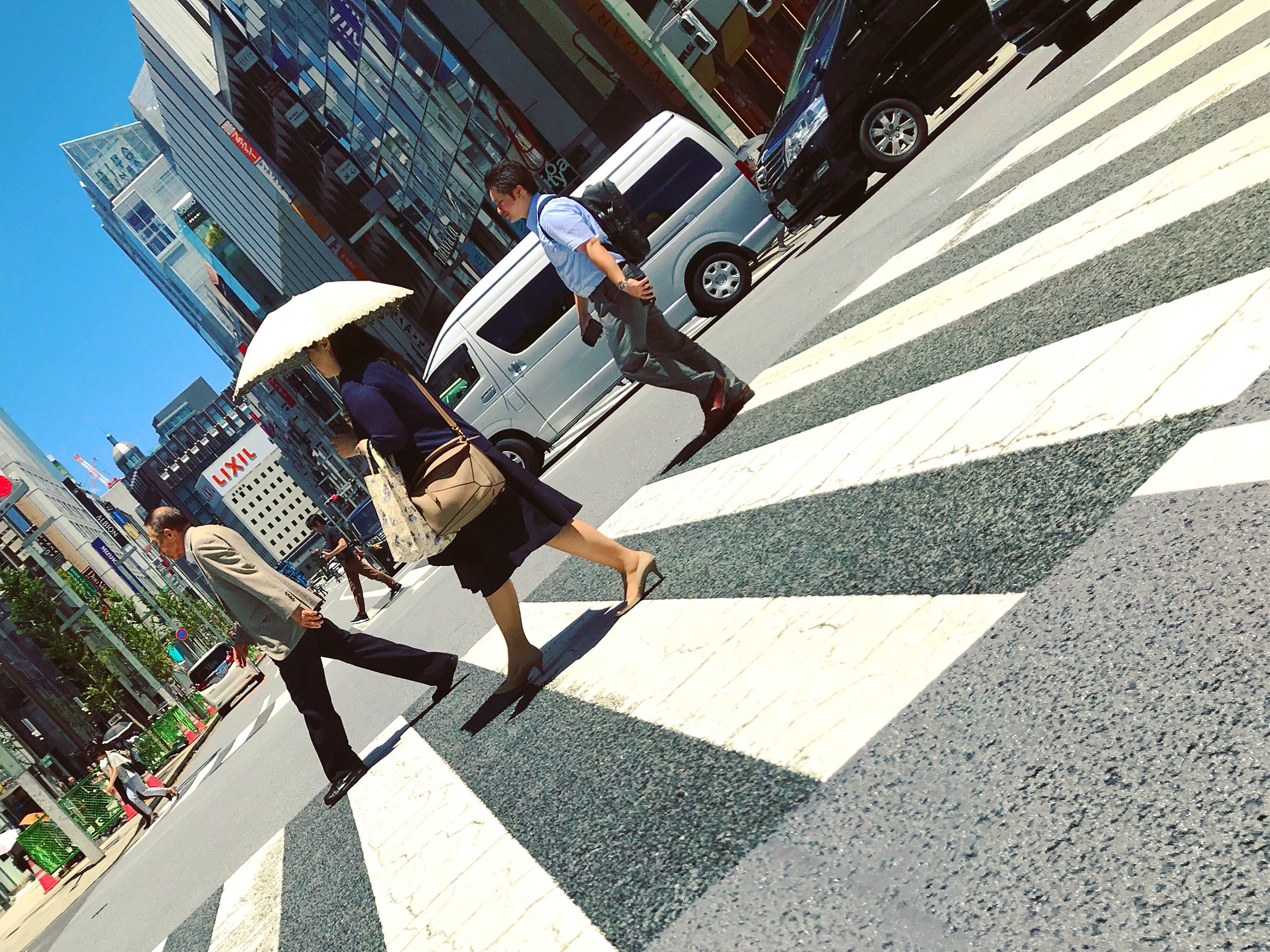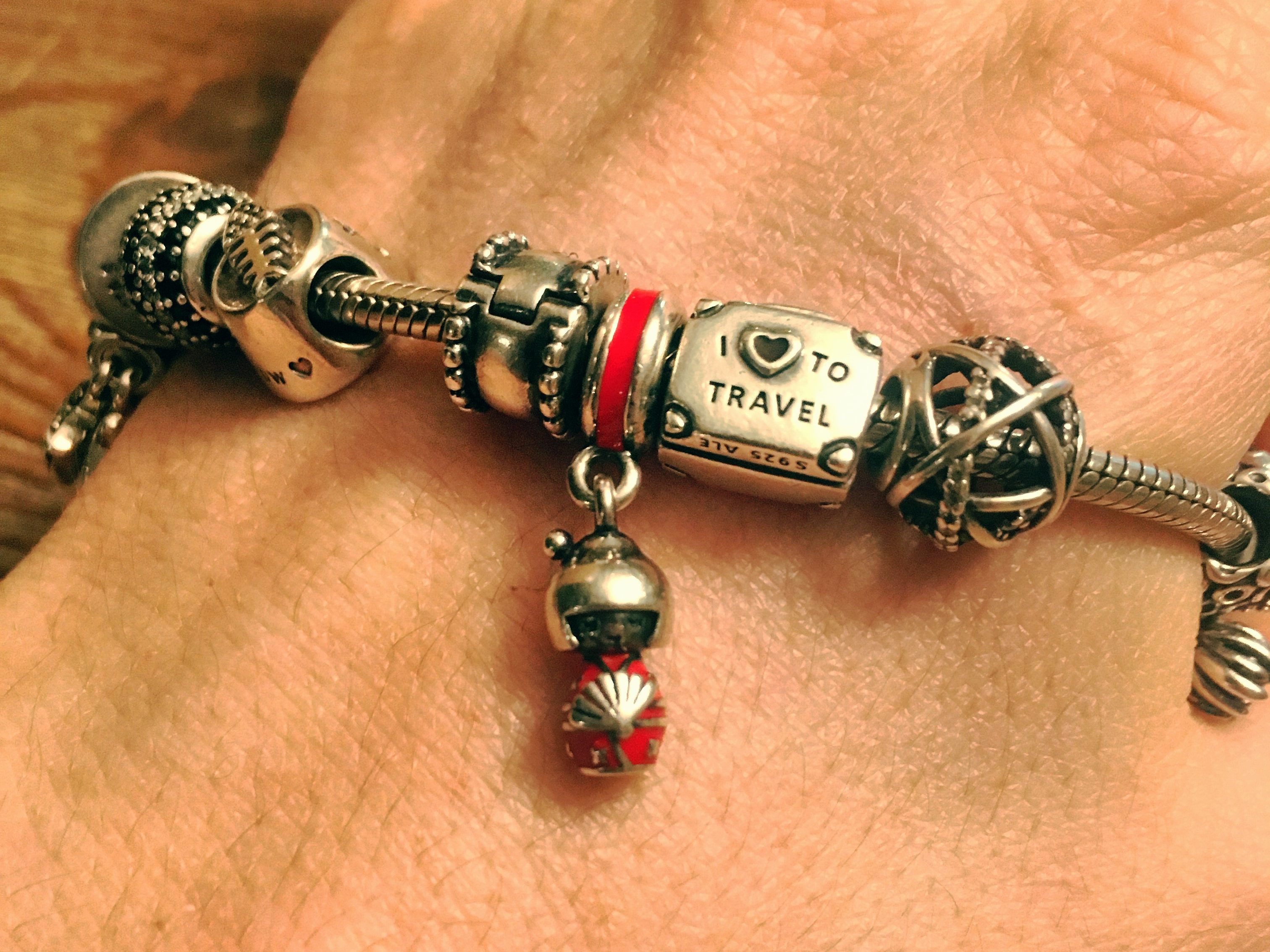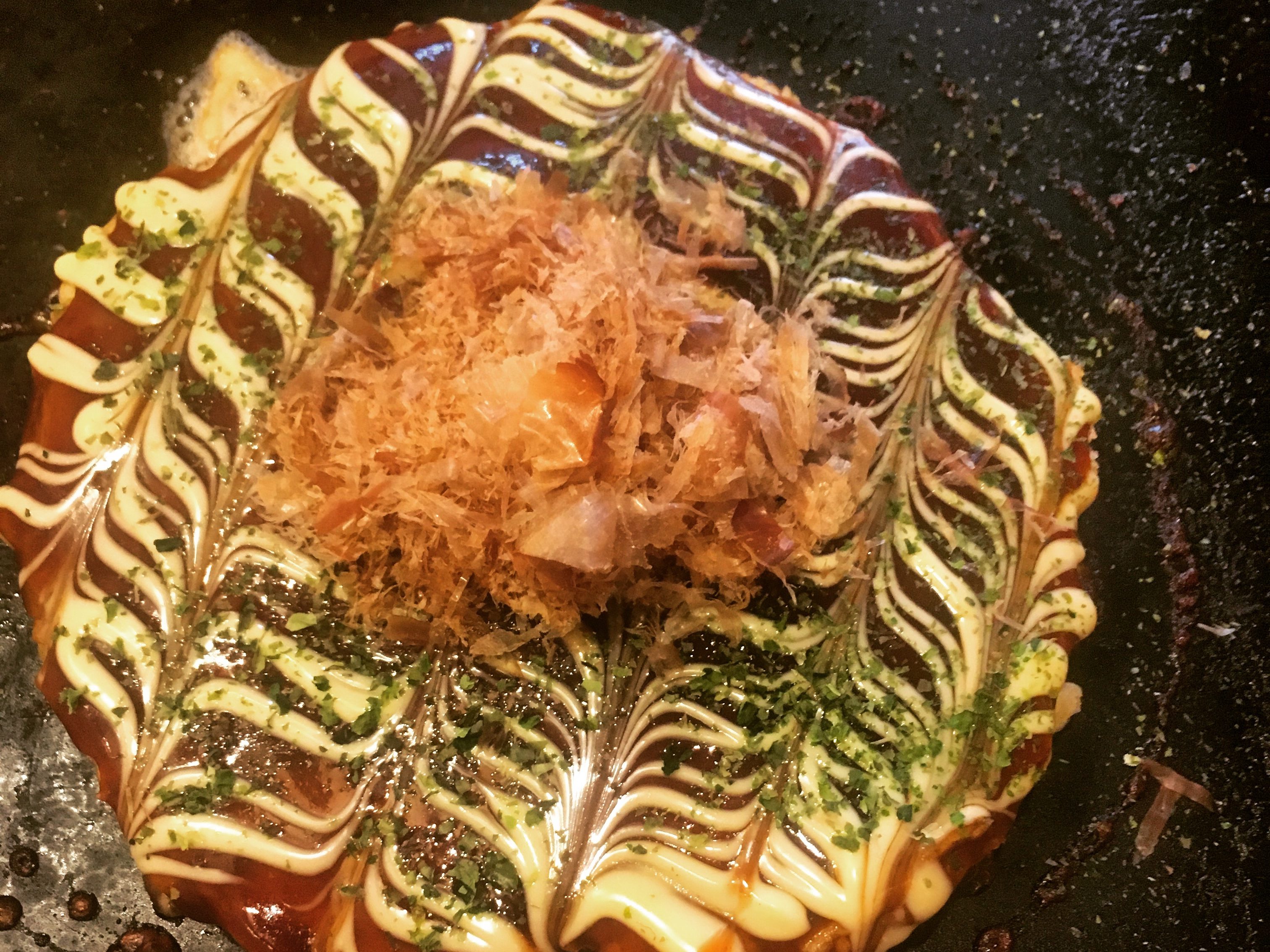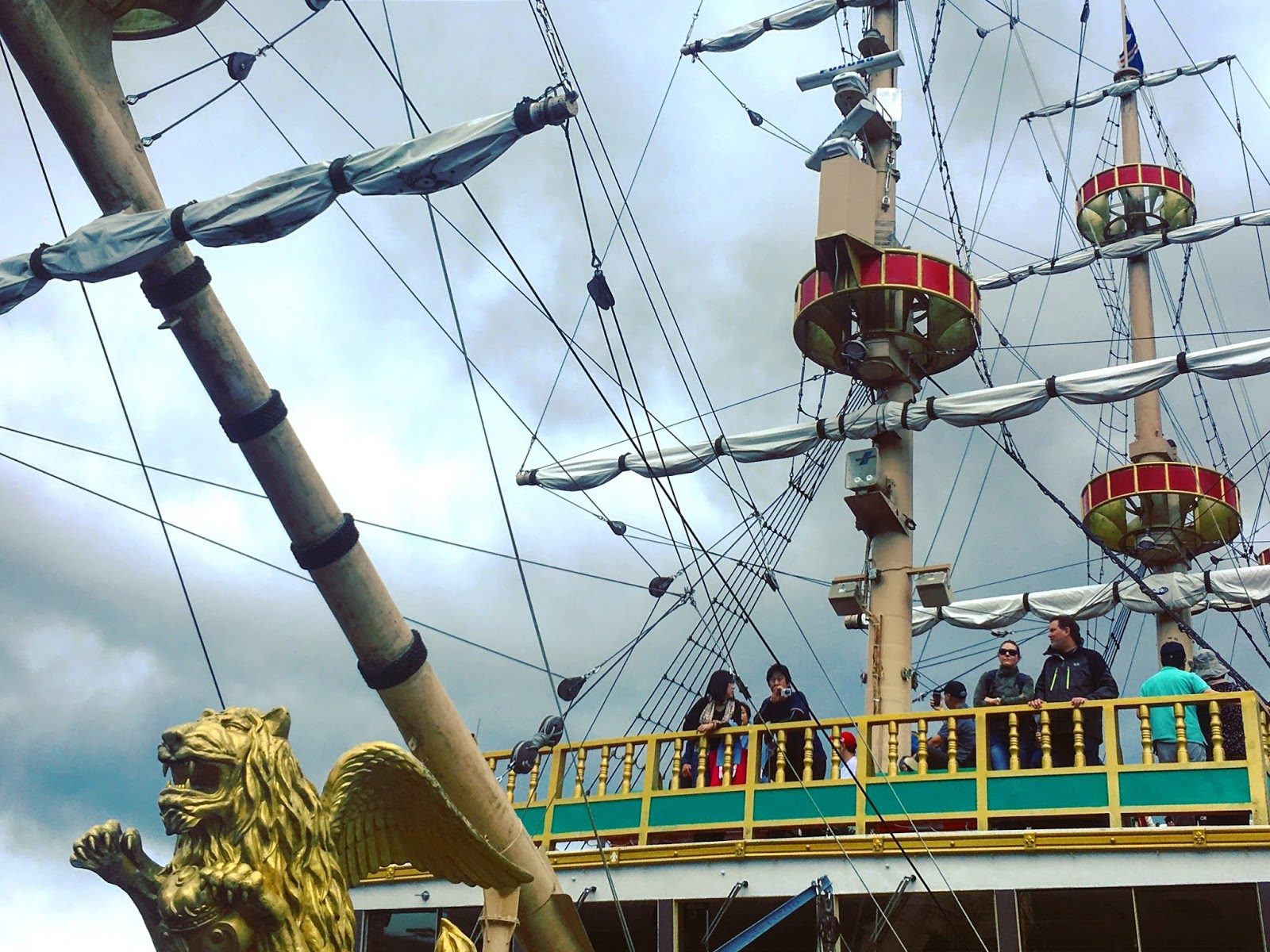
Japan Day 12 – Hakone to Kyoto
Many places in Japan have early checkouts (around 10:00 AM) and late checkins (sometimes as late as 4:00 PM), so even though it would be around a three-hour journey to Kyoto (including some generous transfer time), we had some time to kill before our next accommodation in Kyoto would hand over the keys. I had just assumed we would make our way to Kyoto and kill the extra time there, but when we made it back down to the main train station in Hakone, we were greeted by a beautiful, clear, sunny day. Why not kill the extra time here and try again for a sighting of the elusive Mt. Fuji? Our Hakone Free passes were still good, so it wouldn’t even cost us anything.
The closest sighting spot was in the middle of Lake Ashi, so we walked towards the bus stop that would take us around the opposite direction we had gone in the day before. Across the street a big English sign read “Lockers,” and we sighed with relief that we wouldn’t have to carry our backpacks the whole way.
Bus K wound through the valley and around the bases of several mountains. The view was breathtaking now that there was actually something to be seen out the window. I was giddy with excitement from diverting from my meticulous itinerary. I’m usually one to go with the flow and explore once I show up to a new place, so I’m not quite sure how I ended up planning such a detailed journey across the entire country. I had gotten a little bit carried away.
After a few more turns, we noticed that it was cloudy and overcast in the direction we were headed. Shucks. I was still hopeful for a glimpse of Japan’s famous volcano though.
Since we were pros at the whole Hakone loop by now, we zoomed to the front of the line for the pirate boat while the rest of the tourists wandered around with mouths hanging open and lost expressions on their faces. Fletch was a fan of pointing out the “mouth breathers.”
This time the green, Vasa pirate ship picked us up, which according to the pirate ship page on the website, still wasn’t a pirate ship. “The Vasa is modeled after the Vasa warship built by King Gustavus Adolphus of Sweden, called ‘the Lion of the North’ for making Sweden a great military power in the first half of the 17th century, and features elaborate sculptures and carvings.” Pirate ship or not, a dude dressed up as a pirate was walking around for photo opportunities. Oh Japan.
| Vasa sightseeing cruise. |
| So many crow’s nests! |
Since it was a beautiful day, and the weather was finally starting to thaw from the arctic temperatures we had endured for our first week and a half, we found a spot on a bow deck. We were heading into the clouds, but after turning at the right angle, there she was, Fuji-san. She was just a glimmer of an outline, barely visible through the clouds, but there nonetheless, magnificent and overwhelming. A silence fell over the boat. We all basked in her majesty. The moment was spiritual in a sense. And then some loud woman, with a crass, American accent could be heard shouting, “You hear that silence kids? Let’s keep it that way!” Too late, lady, too late. She didn’t stop talking after that.
| A glimmer of Mount Fuji. I had to play around with the contrast a lot to make her visible in the photo. It wasn’t really this dark out. |
 |
| Vasa with Mount Fuji in the background. (Image property of hakone-kankosen.co.jp) |
The plan had been to sail the circumference of the Lake, and then head right back the way we had come, but hunger set in and the thought of black eggs just a little farther on was too enticing to ignore. So we debarked the pirate ship, or Swedish ship, or whatever it was, at the north end of the lake, boarded the bus that was substituting for the out-of-order ropeway, and wound our way back up the mountain to the famous egg spot, Owakudani. There were several different vendors selling the black eggs, all 5 for $5, so we decided to try a different batch. They weren’t cooked quite as perfectly, but were still every bit as delicious. I wondered if we had just added another seven years to our lives, or if that trick was only a one-time deal.
Now that there was some visibility, we could see that we were indeed on a mountaintop, and there was an incredible view of the sulfuric fumes rising up out of the mountain through various steam vents. The landscape was a desolate contrast from the green valleys full of hydrangeas we had seen below.
| Sulfuric fumes rising up out of steam vents. |
| Hakone Tozan Ropeway. |
It was about equal distance to go in either direction around the loop back to our main train station, so we decided to just continue on with our clockwise loop downwards. We boarded the ropeway, and were immediately glad for the decision, because the view was remarkable. Yesterday’s condensation and solid grey view were replaced with volcanic steam vents that eventually gave way to lush green mountainsides and cute little towns, far down below in the valley. This was definitely worth seeing again on a clear day. I had to stand most of the time just to take it all in.
| Ropeway ride over the volcanic landscape. |
| Ropeway ride continuing down the mountain into the lush greenery. |
When the ropeway ended, we boarded the cablecar. We sat at the very end facing upwards, even though the cablecar was transporting us downwards. Quite an odd sensation. The cablecar deposited us at the train, and we got one last beautiful ride along the track through all the fields of hydrangeas, down towards the valley, back and forth across the numerous switchbacks. Hakone had definitely been well worth the visit.
| View up the mountain from the Hakone Tozan Cable Car. |
| View of a bridge in the valley from the Hakone Tozan Train. |
Hunger was setting in by the time we claimed our backpacks, but it was late in the afternoon by then and we still had the entire journey to Kyoto ahead of us. So we decided to get ourselves as far as the ticket office in Odawara to buy our shinkansen tickets, and then find food with whatever time we had to spare before the train departed. The Tozan train brought us back to Odawara, and we found a ticket office without any hassle. The next train would depart in an hour’s time, so we searched the station for food and stumbled across a soba shop, soba being the buckwheat noodles. Two vending machines outside sold us tickets for the meals we wanted. Inside, the soba was hot and ready to be ladled out on the spot. Finally, numerous standing or sitting tables offered seating for a good sized crowd that luckily wasn’t there at that time. What a great idea for fast food though. No servers necessary, no cashier necessary, just buy your ticket out of a vending machine, present it, noodles are already prepared, and voila, walk away with a hot meal. Fletch pointed out that college towns could be making a killing with such a concept. Plus we both ate for less than $10.
We found our shinkansen platform, and along with it, several very large groups of American high-school kids on field trips. Great, we were heading into one of Japan’s most well-known cities during field trip season. I know this is the pot calling the kettle black, but we had settled into a peacefulness that went along with no one else speaking English. And Japanese people are so quiet in general, that our experience with Japan thus far had been pleasantly surreal. Standing at the station and listening to a bunch of teenagers with American accents, trying to sound smarter than they were, burst our bubbles.
A shinkansen that wasn’t stopping at this station, sped through at full speed like a bullet. It was there one moment, and gone the next, surging through with more power and force than I’ve seen from even the ocean. There’s a must-have experience that they don’t mention in the guide books. Find a train platform to hang out on until a bullet train rips through at full speed. I’m reminded of a kid’s book we used to read growing up, Lilly’s Purple Plastic Purse, and all she could say was “wow,” just, “wow.”
We sat on our own train for two hours as it whisked us away to Kyoto, once the capital of Japan and still a huge cultural mecca. I had booked a place on Orbitz that was ridiculously cheap, only $60 per night. You can’t even find two spaces in a hostel for that price. And this room was brand new and had two queen beds, which is almost unheard of in Japan. I was prepared for some big catches; the price was just too good to be true. Sure enough, as soon as it was booked, I had received an email from the location that check-in would not be on-site, but rather at a drug store across the street from the train station. Odd, but ok.
We debarked the train, and armed with Google Maps in hand, tried to figure out which exit we were supposed to use to get to the drug store. If you are planning a trip to Japan, always ask which exit from the train station to use. It saves a lot of hassle as Google doesn’t usually catch your location until you have exited the building and found some open-air space. Of course we walked out the opposite direction first before we realized that we were on the wrong side of the train station, so we fought our way back through the rush-hour crowds, over to the other side’s exit. The drug store was close enough to not be too big of a hassle, but the space inside was a closet, cram packed with a million different colored boxes on tightly packed shelves, and not at all ideal for maneuvering through with luggage. I carefully made my way to the back, feeling all the while like a bull in a china shop. The girl gave me the key, and instructed us to get on bus #9.
Bus #9 was easy enough to find. Our stop 20 mins later was another story entirely. No English signs were available on the bus, not even furigana for the station names, which were all strings of way too many kanji characters to keep up with. It was the end of the day, so the bus was becoming more and more jam packed at each stop, with commuters making their ways home from work and school. We had stupidly taken seats at the back of the bus. The exit was at the front. I did my best to play match-up-the-characters at each stop. I was pretty sure ours was next. We stood up with our backpacks and tried to excuse ourselves through the crowd. The isle was packed so tightly with bodies that there wasn’t anywhere for people to move out of the way, despite their best efforts. The driver didn’t notice anyone else trying to get off at our stop after the first person exited, and promptly hit the gas again. We hadn’t even shoved our way through half the length of the bus, and so were forced to wait until the next stop and walk back.
We managed to find the place without too much issue, down a back alley and next to a shrine. This was obviously another one of the weird, Airbnb/hotel room hybrids. We were sensing a trend from many of the places where we had stayed. Entire apartment buildings had been outfitted like hotel rooms, and rented out Airbnb style. Probably a way of avoiding hiring staff and starting a legitimate business. Our room in Hakone had felt that way, this place felt that way, and the place I had booked for our last week in Tokyo looked to be more of the same. What further made these places feel a little sketchy, was the fact that they all came with warnings not to answer the door should anyone come knocking. I had read an article the week before leaving for Japan that the Japanese government was cracking down on Airbnb and had removed 80% of the listings. We were beginning to see why.
We sat down for a moment to rest after a fun-filled day, and I browsed TripAdvisor to see if there were any good restaurants around for dinner. We appeared to be in a residential area with not much in the vicinity, and the few places I did find were all closing within the next few minutes. We finally decided just to go walk down the main street where the bus had dropped us off. A couple blocks later, we found nothing but conbinis, and so settled for another 7-Eleven dinner. I know in the US that would be equivalent to, if not worse than, a fast food dinner, but in Japan, the convenience stores are stocked with better ready-made food options than most grocery stores have back home. We bought a large assortment of sushi and nigiri and onigiri and brought it back to our room, then called it a night.


